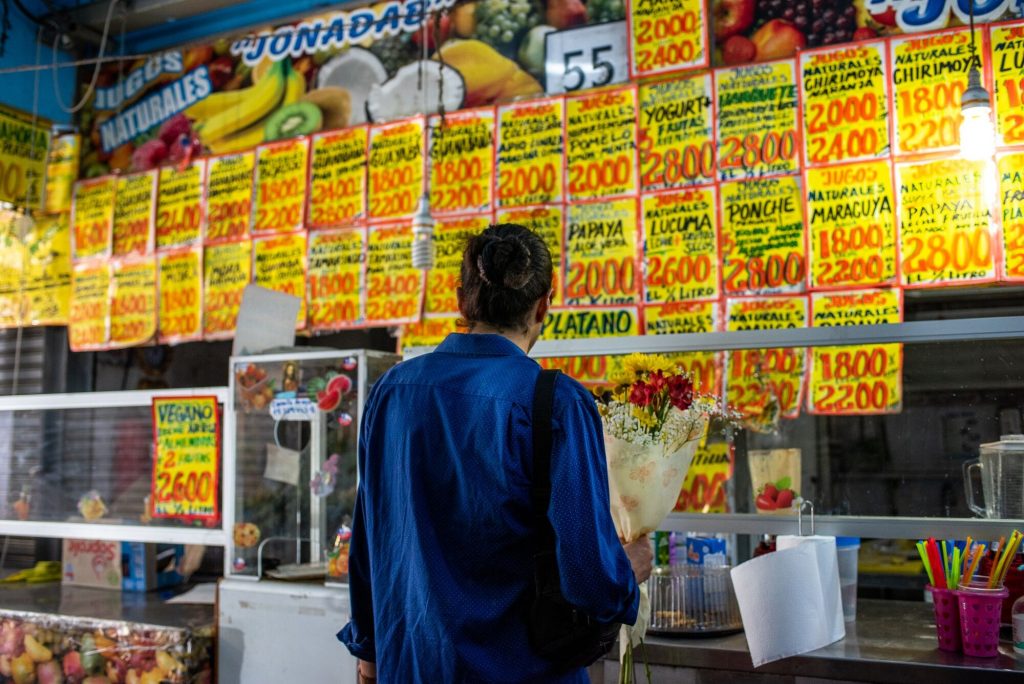High US rates threaten to constrain LatAm recovery
Interest rates across Latin America are likely to fall fast, but the positive impact might be muted, writes José Martinez Sanguinetti, who manages a $3.5 billion global portfolio as chief investment officer at Rimac Seguros

A shopper at La Vega Central fruit and vegetable market in Santiago, Chile. Photo: Cristobal Olivares/Bloomberg
As the end of the year approaches, many central banks in Latin America seem to have suceeded in reining in inflation. Brazil, Chile, Mexico, Peru and Colombia, among others, will likely see inflation rates drift slowly toward their central bank´s target over the next two years and, unless another significant external shock hits, return toward pre-Covid 19 levels before 2025.
Lower inflation comes at a cost, though. Brazil, Chile, Peru, Argentina, Venezuela, Ecuador and Colombia are either officially in recession or are experiencing their lowest growth rates in may years. Growth in the region has faltered as a result of higher interest rates, lower consumer and entrepreneurial confidence and lower foreign direct investment inflows.
To counter this, central banks in countries experiencing lower growth and falling inflation are likely to implement aggressive cuts in short-term interest rates. In fact, Brazil, Chile and Peru have aleady started and Colombia is likely to follow suit over the coming months. In Mexico, where growth has remained stronger, in part because of its close ties with the US economy, the central bank is likely to try to wait a bit longer, more in line with the Federal Reserve—but it might step ahead of the latter and proceed to cut rates early in 2024.
‘Higher for longer’ in US hurts LatAm
Celebrations over the Latin American economies’ success over taming inflation could be short-lived. With the US expected to hold “higher rates for longer”, and with short-term interest rates falling fast in most of Latin America, the region’s currencies look fragile. After a couple of quarters of relative strength this year, they have already begun to lose ground against the greenback.
Having plenty of opportunity to make attractive returns in US dollars, investors are likely to demand higher rates for assets denominated in Latin American currencies. Even as short-term rates come down, local longer rates will probably remain relatively high—most likely for a prolonged period as the US Treasury tries to lure foreign investors to buy securities in order to finance its deficit, which is expected to remain historically high at around 6% of GDP in 2024.
Higher long-term interest rates will blunt the effect of looser monetary policies across the region, potentially slowing its recovery. With the added drag of China’s slowing growth and a weakening renmimbi, LatAm currencies can be exected to remain weak well into 2024.
Research for this article was conducted by Lorenzo Martinez Roveda.






